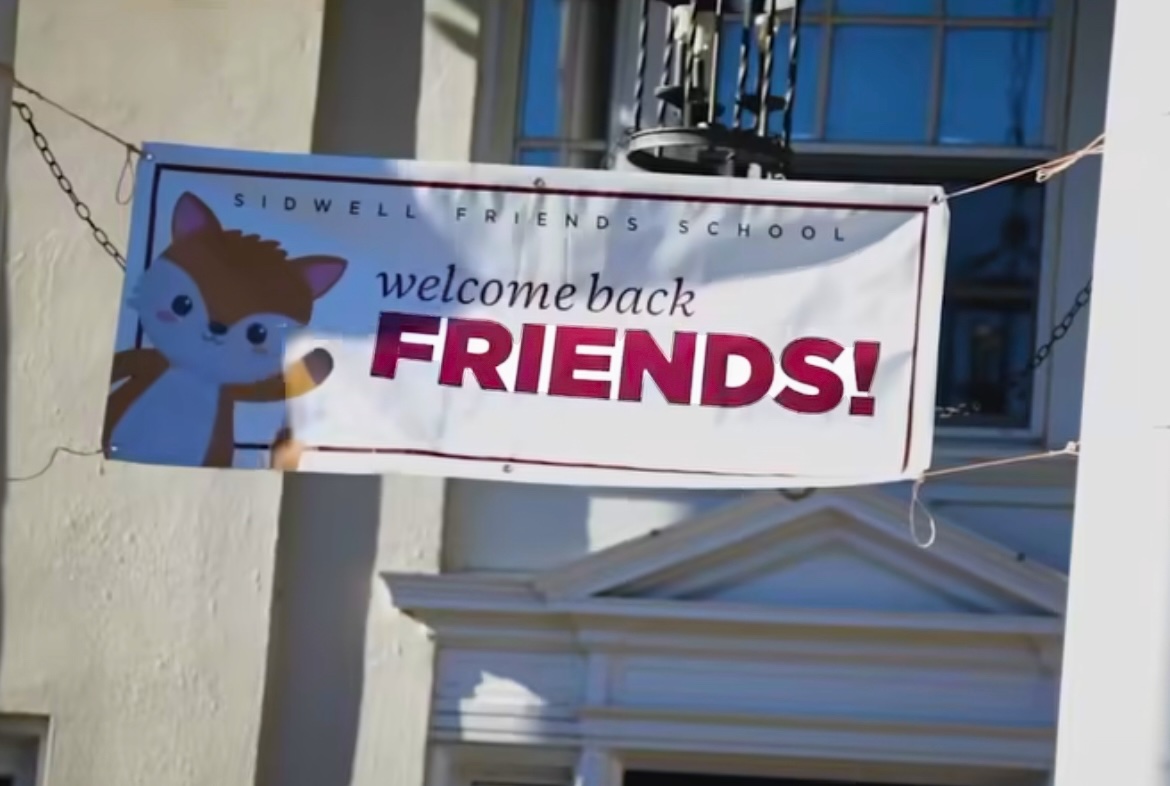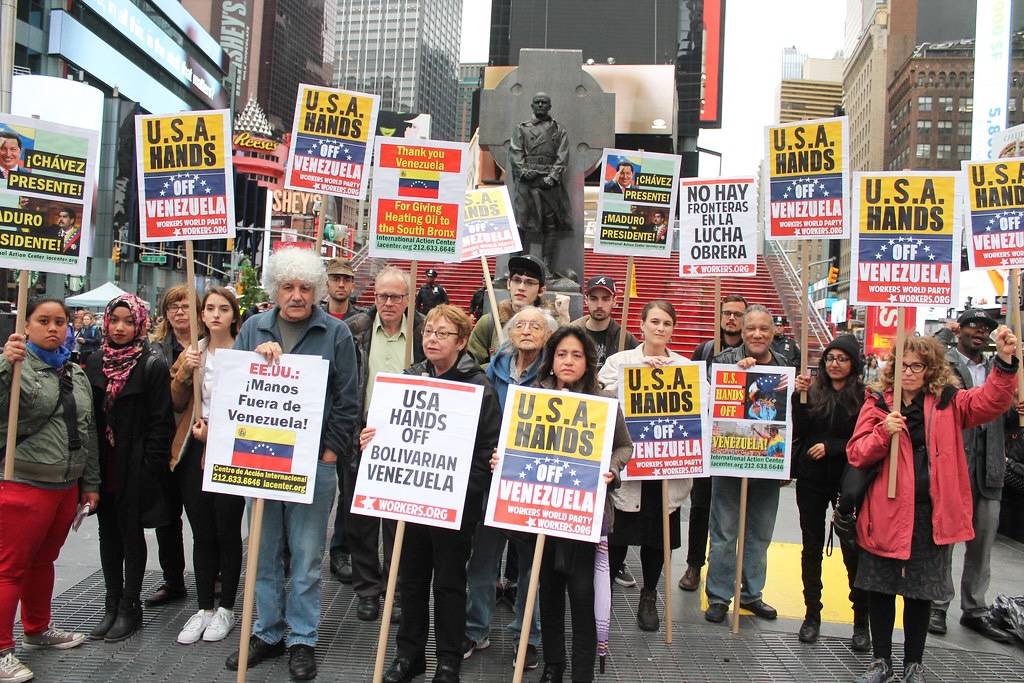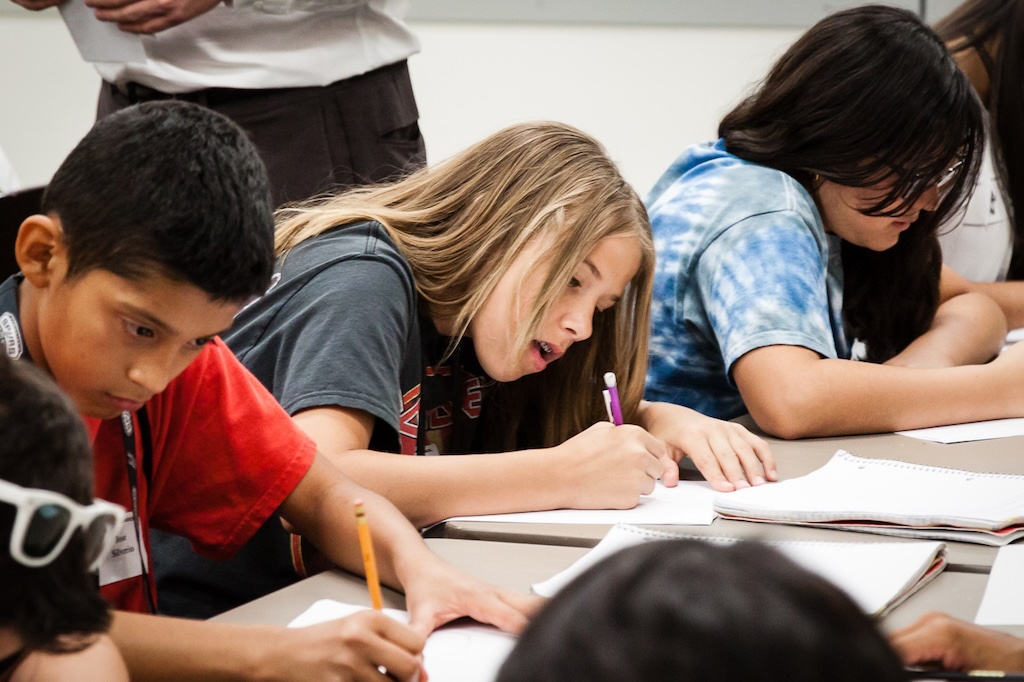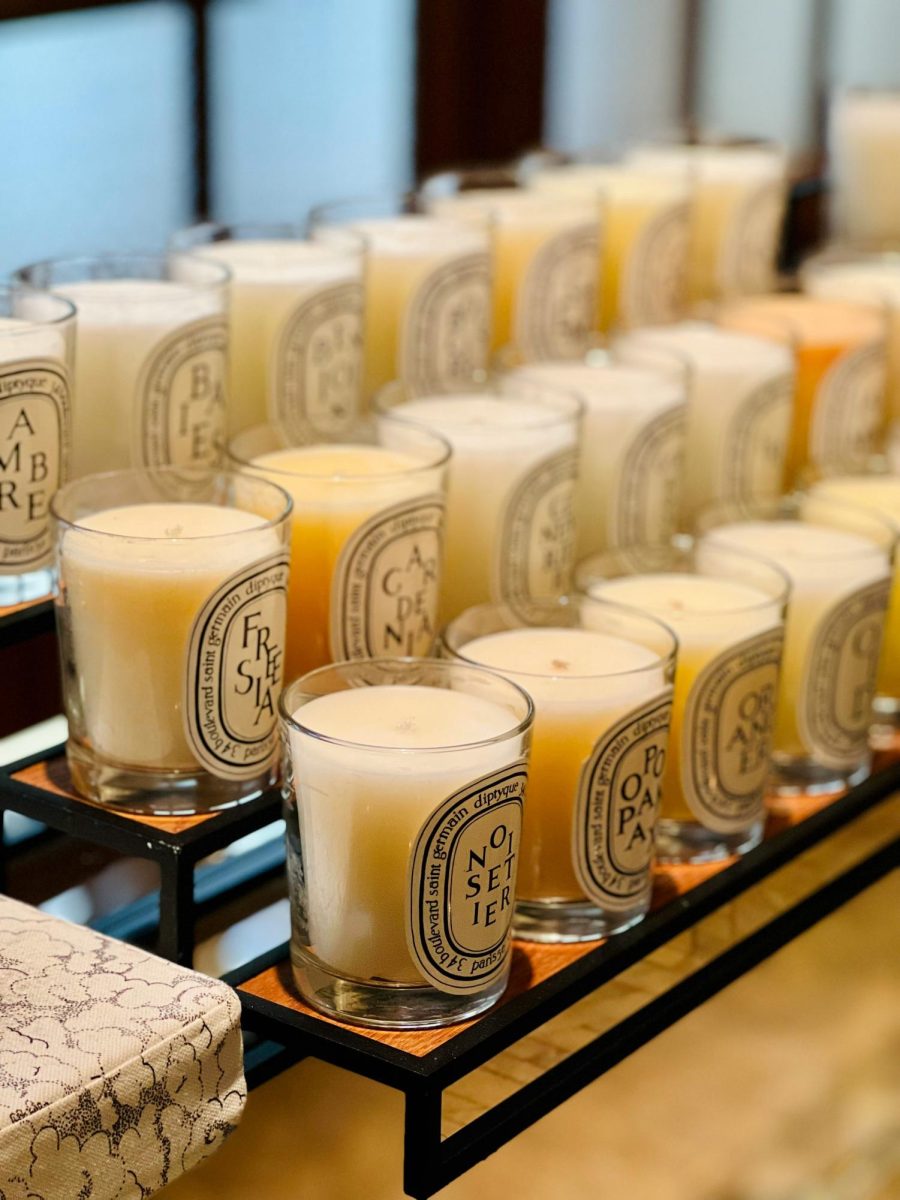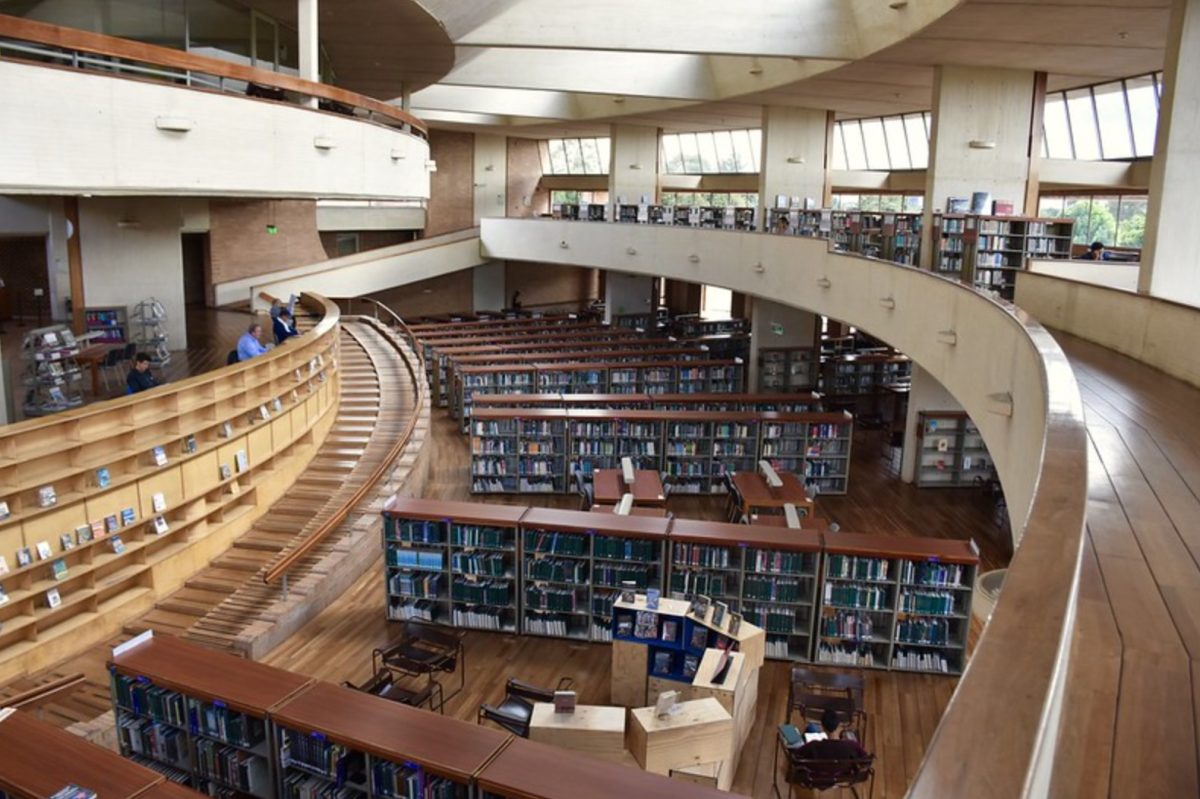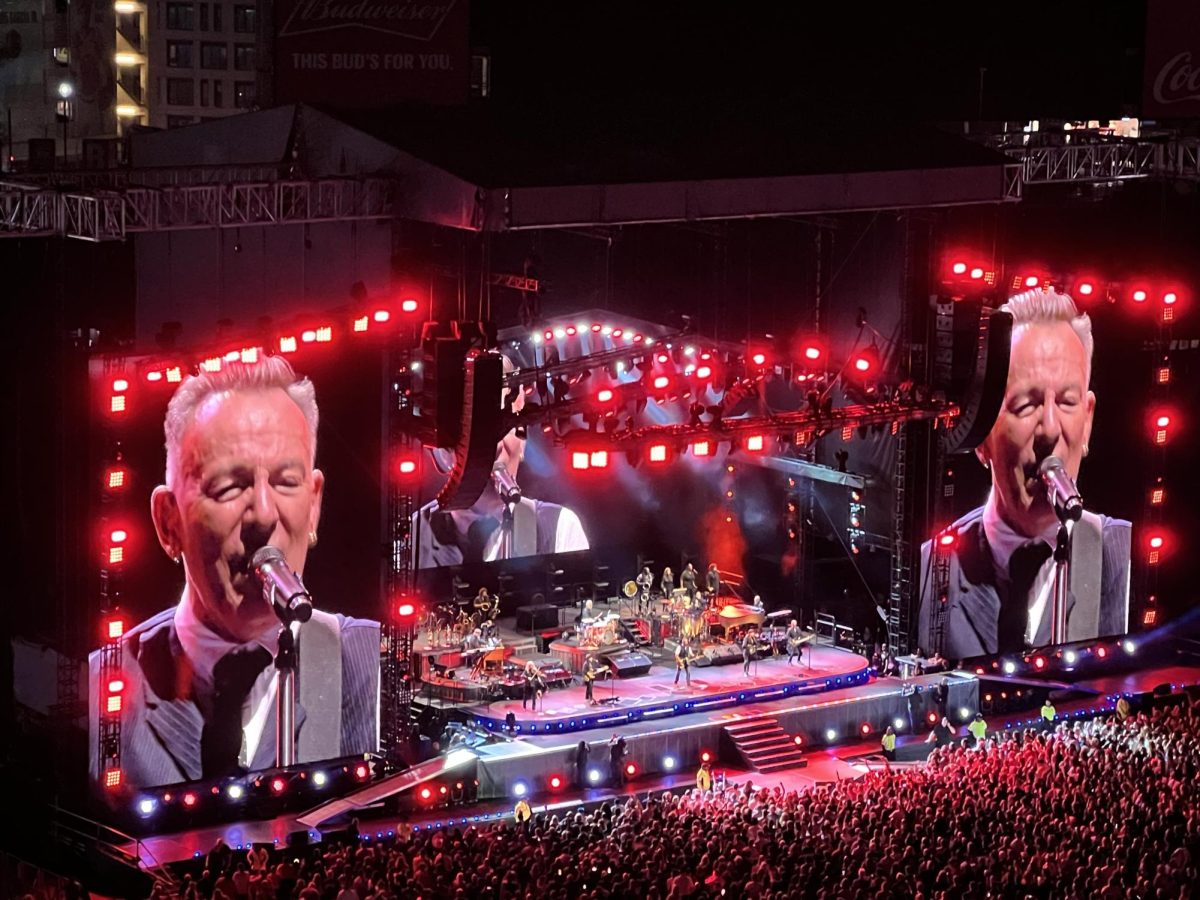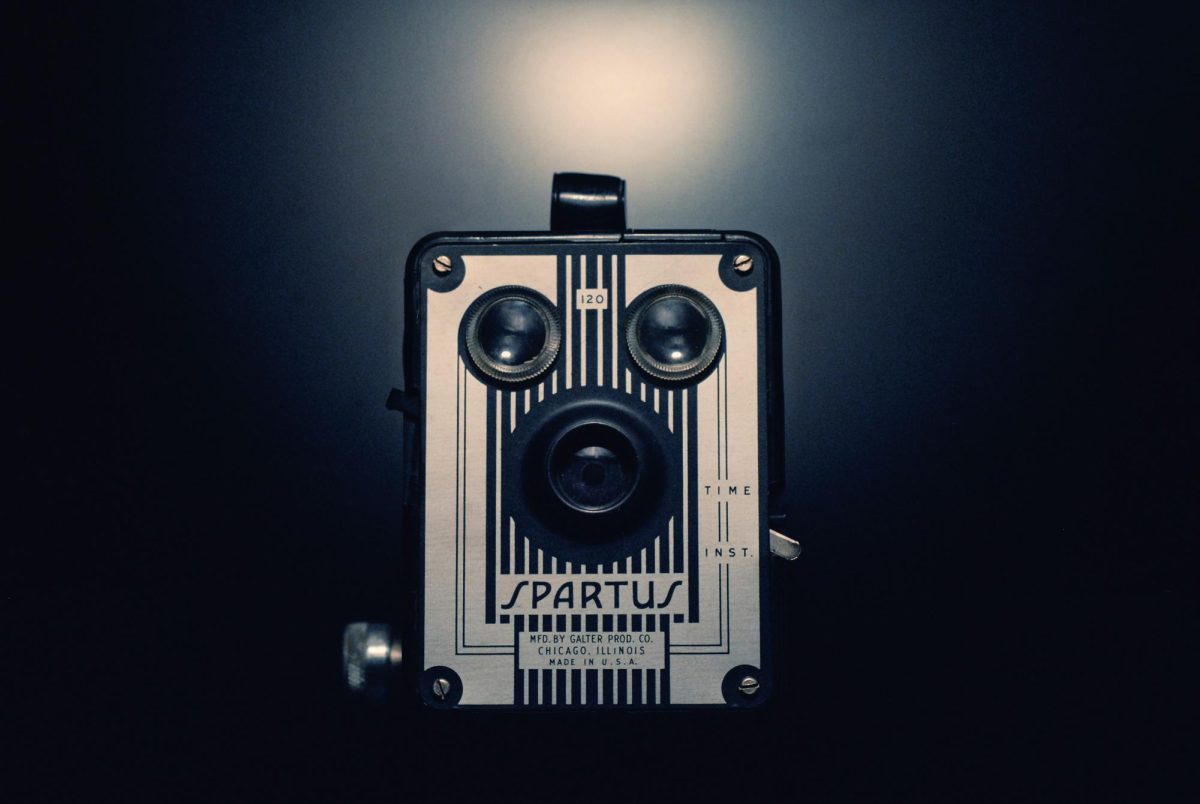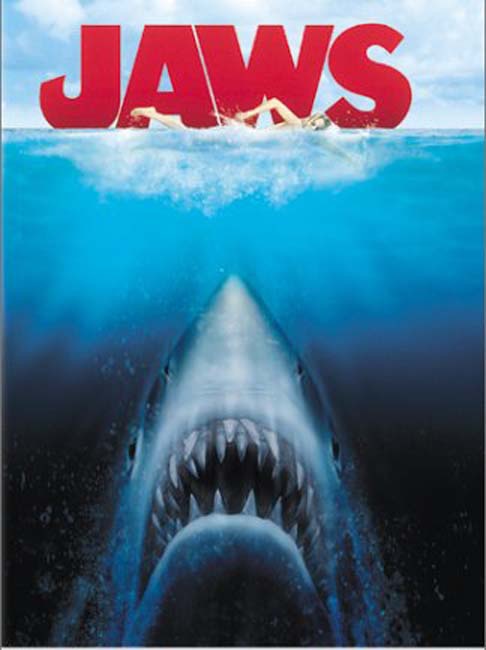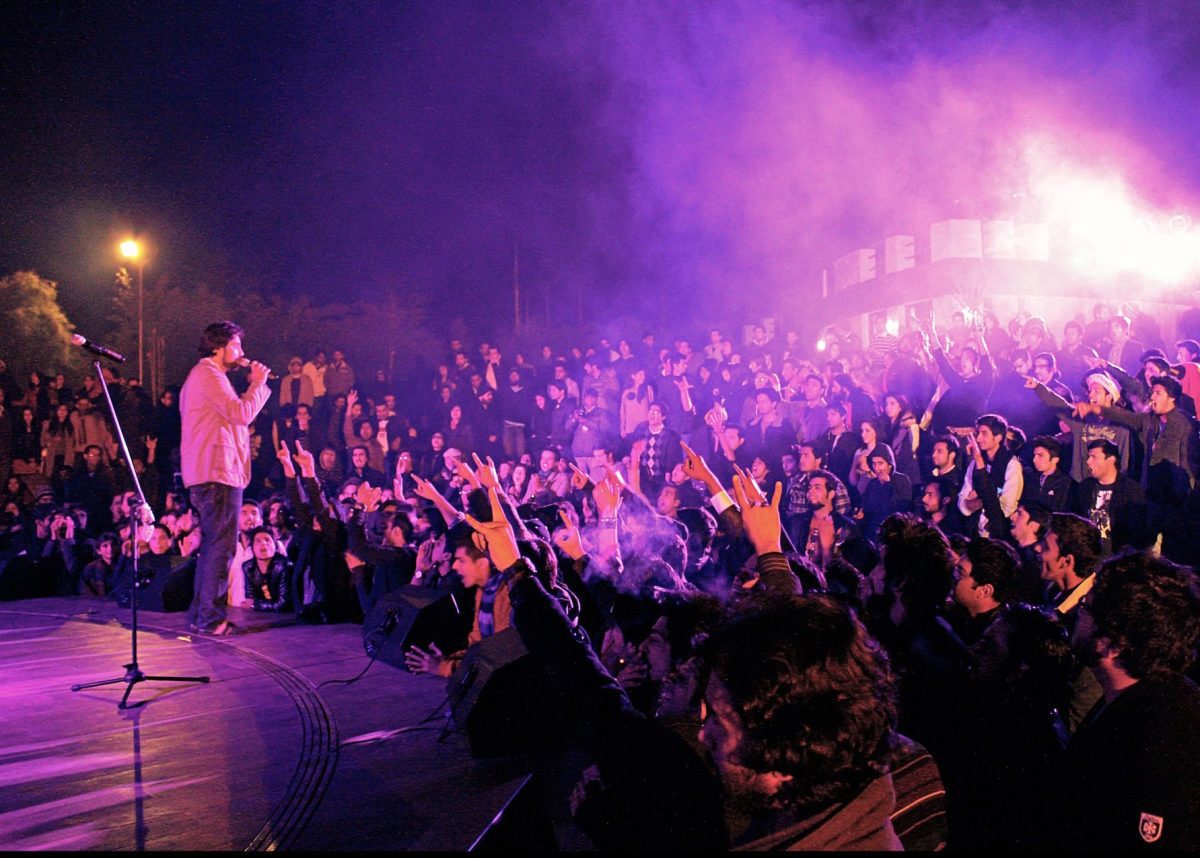Upper School Experiments with New Interactive Exam Formats
In response to ongoing discussion among the faculty and administration, the Upper School has implemented a new exam format. First adopted during this year’s midterms, the changes to the exam format were prompted in part due to the pandemic, according to Assistant Upper School Principal for Academic Affairs Robert Gross.
“Over the pandemic … we did not have exams,” Gross said. “We’ve been doing a lot of thinking as a faculty and administration about assessment in general,” he added.
During the pandemic, exams were first removed entirely and later modified to last one hour. According to Gross, the lack of standard exams prompted questions about whether they were needed at all, especially typical two-hour sit-down exams. These questions related to how to best assess students, the use of summative assessments and the restrictions or liberties different courses have.
Over the past two years, Gross and representatives from each Upper School department have formed a committee to design a new format to improve midterm and final exams for both students and teachers.
“There really was an appetite to foster greater creativity,” Gross said. He added that one of the biggest questions teachers were considering was, “Do students need to take 35 two-hour sit-down exams over the course of their time here?”
Gross said that while there are still issues to be worked out, the new format was relatively successful this year, and the school plans to continue using the format.
For certain subjects, like math and science, though, Gross emphasized that “there is a great utility to the traditional exams, for students to be able to show what they know and get feedback on that heading into the second semester, and then to help determine what class is going to be right from them in the next year.”
One big challenge Gross mentioned was makeup exams. While a paper exam is relatively easy to make up should a student miss the designated exam day, a trip to a museum is much harder to redo.
Gross’s outlook on exams going forward is positive.
“I think that the structure is in place,” Gross said. “The biggest change was just opening up the possibilities for what exams can look like,” he added.
Most students whose midterms incorporated new formats enjoyed them.
“It was much less stressful, and a lot more fun than just doing a normal exam,” sophomore Sadie Lachman shared.
Lachman, whose Chinese III exam took place at the Museum of Asian Art, added that there were a couple of class-specific issues, such as having to learn new vocabulary during the exam itself, but continued that for the vocabulary that the class had already learned, it “was nice to use [it] to describe something that was actually in front of us.” After visiting the museum, students created a video project on their visit.
Sophomore Robby Matsui, who took the same Chinese III exam, agreed with Lachman.
“It was a fun experience, [and] instead of staying in a classroom, we got to go see artifacts,” Matsui said.
Both Matsui and Lachman believe that the new exam format ought to continue and could be used for a range of different classes, though the specific way their exam was structured may be best for language courses.
Matsui added that most classes could modify the trip to work for their class. Classes such as history, English or even science have museums near Sidwell that could be used for the exam, and project-based exams could be used for almost any class.
Senior Andrew Ludwin, whose English exam for North American Indigenous Literature involved a trip to the Museum of the American Indian, also enjoyed the experience.
While Ludwin is very much in favor of keeping this new format, he saw time as the biggest challenge. Both Matsui and Lachman shared similar opinions, Matsui saying that the Chinese class had little time to actually put together their video project, while Ludwin’s issue was that his exam consumed most of the day. Ludwin described his exam in two parts, the first at the museum and the second back at school.
“By the time we’d gotten back, all the other classes had been done with their exams for an hour, and we had to go in and start the exam,” Ludwin said. “We were very tired because we’d been walking around in D.C. all day and it was freezing cold,” he added.
Ludwin suggested a few possible solutions to shorten the time, such as taking the exam in a quiet part of the museum or completing the sections on different days.
Lachman, Matsui and Ludwin all shared that their experiences were better, less stressful and more creative than a normal exam.
Your donation will support the student journalists of Sidwell Friends School. Your contribution will allow us to purchase equipment and cover our annual website hosting costs.
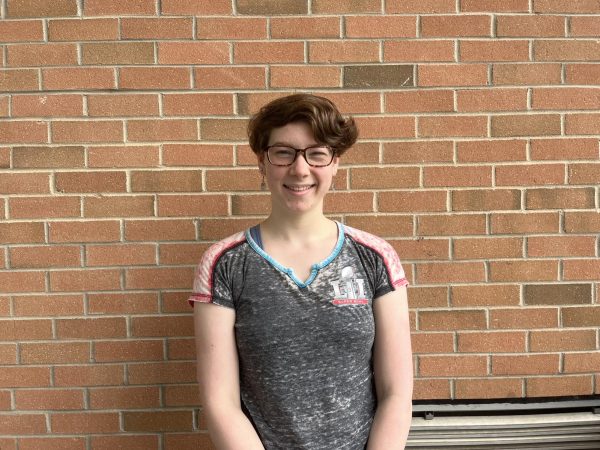
Elle Ludwin is currently Managing Editor of Horizon. They served as a Culture Editor in the 2023-2024 school year. Prior to that, they worked as a Staff...











